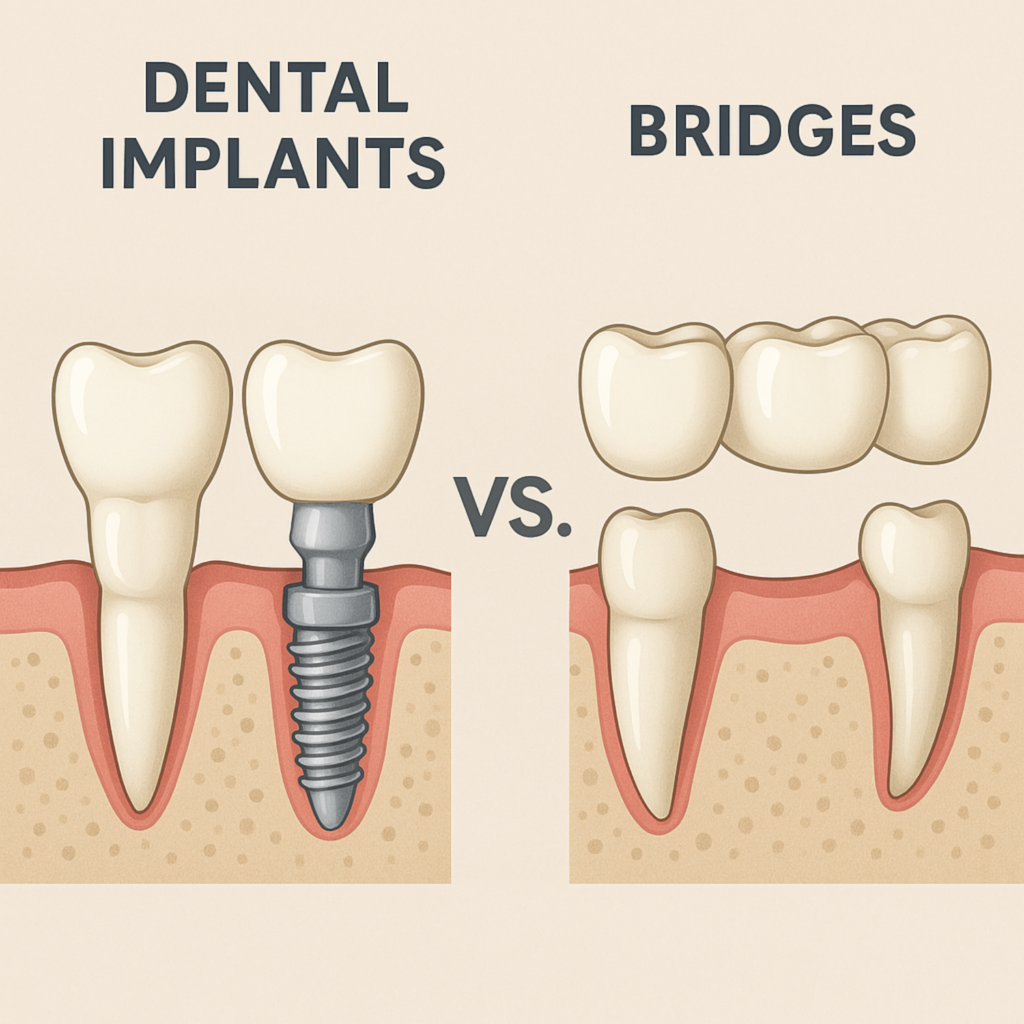
Introduction
Losing a tooth can be a distressing experience, affecting not only your smile but also your confidence and overall oral health. When it comes to replacing missing teeth, two of the most popular options are dental implants and bridges. Both solutions restore functionality and aesthetics, but they differ in several ways. Understanding these differences can help you make an informed decision about which option suits you best.
Summary
1. Understanding Dental Implants
3. Cost Comparison: Dental Implants vs. Bridges
5. Procedure and Recovery Time
6. Impact on Jawbone and Oral Health
7. Aesthetic and Functional Considerations
1. Understanding Dental Implants

A dental implant is a long-lasting solution designed to replace missing teeth while replicating the look and function of a natural tooth. It consists of a titanium post that is surgically inserted into the jawbone, acting as an artificial root. Over time, the bone fuses with the implant, creating a strong foundation for a custom-made crown that is placed on top. This process, known as osseointegration, ensures that the implant remains secure and functions like a real tooth.
One of the greatest benefits of dental implants is their long-lasting durability. With the right care and upkeep, they can remain durable and functional for a lifetime. They also help maintain jawbone density by stimulating bone growth, preventing the bone loss that often occurs with missing teeth. Additionally, implants do not affect adjacent teeth, preserving the natural structure of your smile. However, they do require a surgical procedure and a longer healing period, making the process more time-consuming than other tooth replacement options.
2. What Are Dental Bridges?
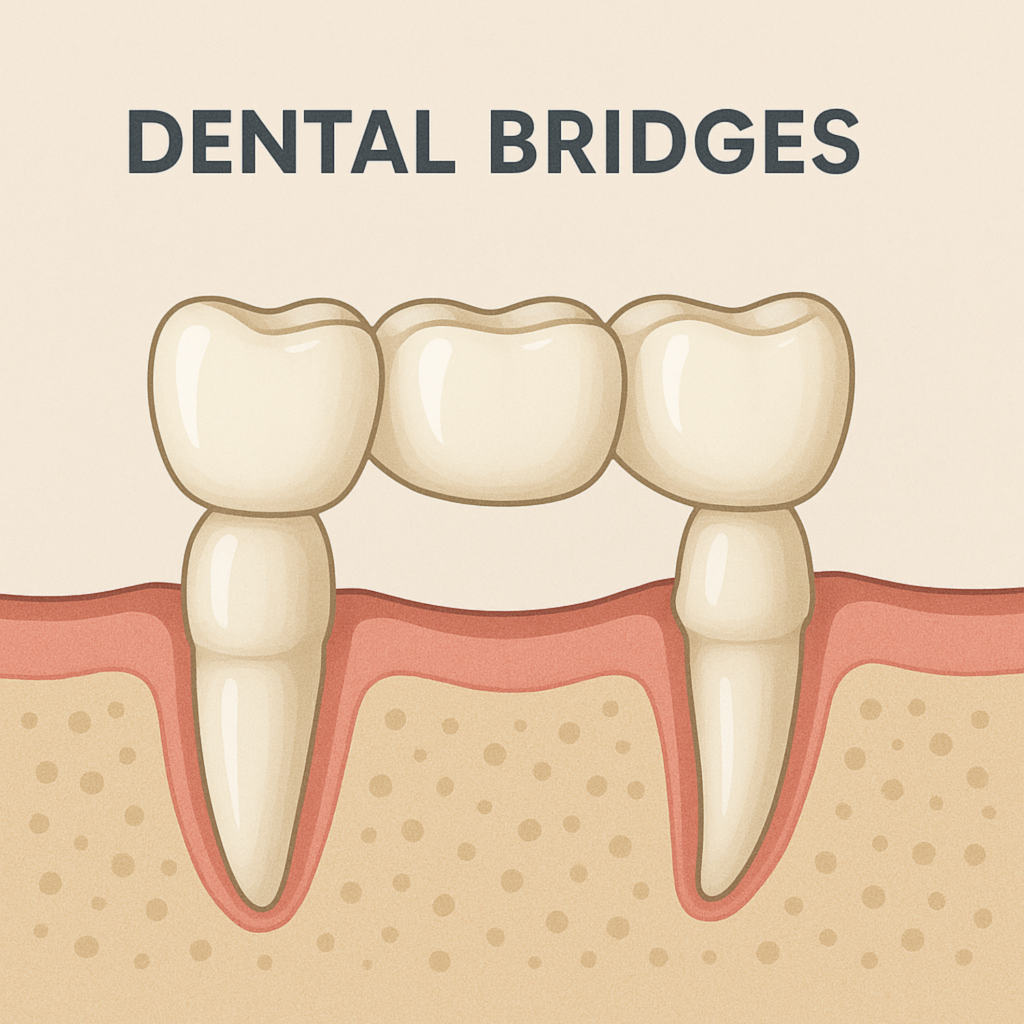
A dental bridge is a non-surgical solution used to replace one or more missing teeth. It consists of a false tooth, known as a pontic, which is anchored in place by crowns that are attached to the adjacent natural teeth. Unlike implants, bridges do not require surgery and can typically be placed within a few weeks.
Bridges are a more affordable option compared to implants and are especially beneficial for patients who may not have enough jawbone density for an implant. They restore chewing ability and improve the appearance of the smile quickly. However, since the adjacent teeth must be filed down to support the bridge, there is a risk of weakening them over time. Bridges also do not prevent bone loss in the jaw, which can lead to changes in facial structure over the years.
3. Cost Comparison: Dental Implants vs. Bridges

When considering tooth replacement options, cost is an important factor. Dental implants tend to have a higher initial cost, ranging from $3,000 to $5,000 per tooth. The cost covers the surgical implantation, along with the abutment and crown. However, since implants are a long-term solution that can last a lifetime, they may be more cost-effective in the long run.
Bridges, on the other hand, are more affordable upfront, typically costing between $500 and $1,500 per tooth. While they are a budget-friendly solution initially, they often need to be replaced after 10 to 15 years, which can add to the overall expense over time. Dental insurance plans are more likely to cover bridges than implants, making them a more accessible option for many patients.
4. Durability and Longevity
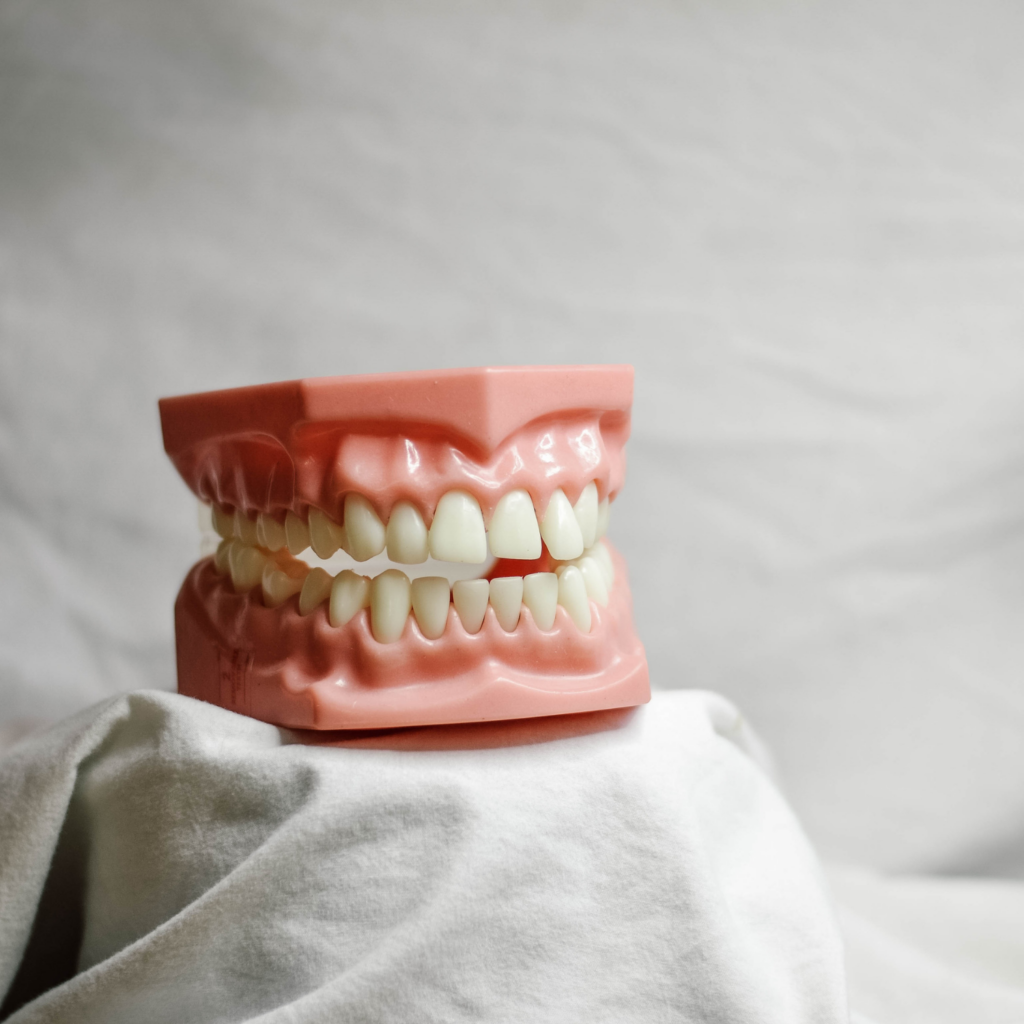
Longevity is another crucial factor to consider when choosing between dental implants and bridges. Implants are known for their durability and can last a lifetime with proper oral hygiene and regular dental check-ups. Because they integrate with the jawbone, they provide a stable and permanent solution.
Bridges, while strong, typically have a lifespan of 10 to 15 years. Over time, wear and tear can weaken the bridge or cause issues with the supporting teeth. If the teeth anchoring the bridge become damaged or decayed, the bridge may need to be replaced sooner than expected.
5. Procedure and Recovery Time
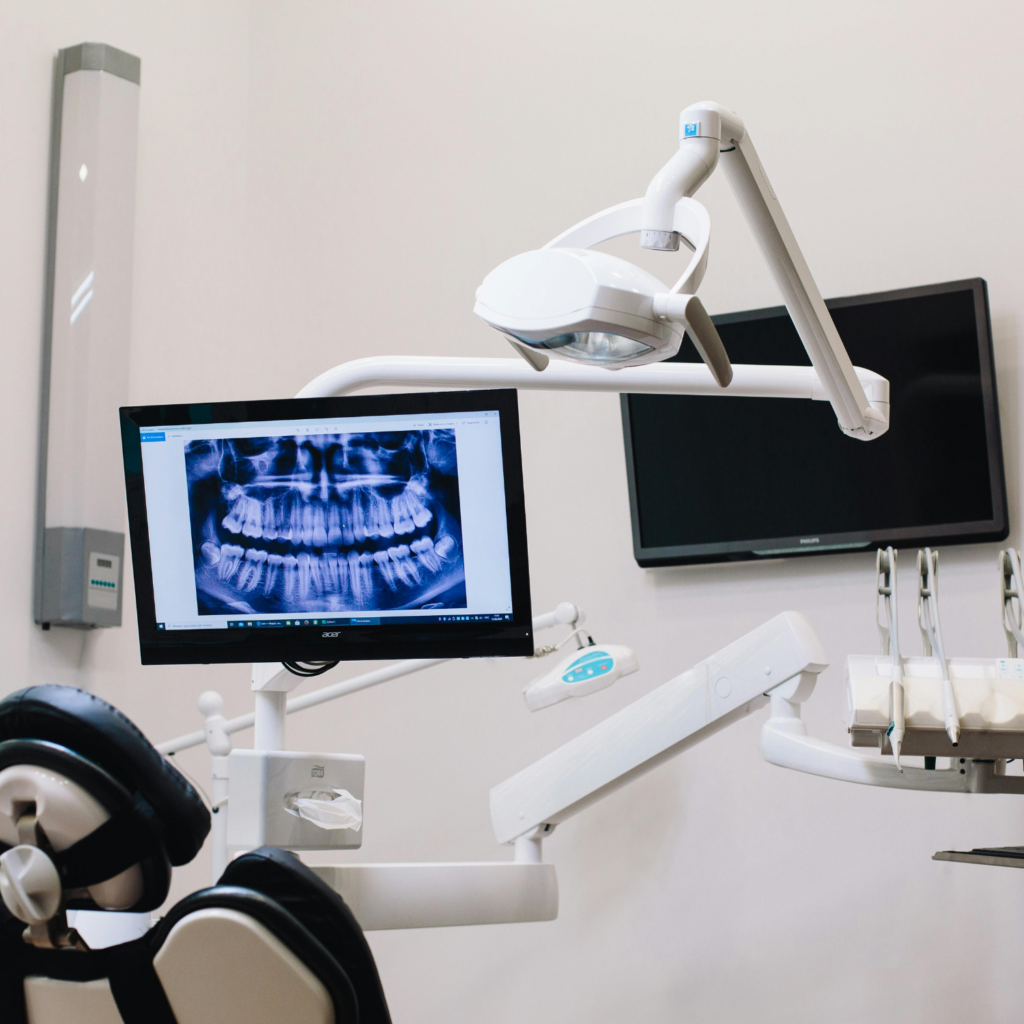
The process of getting a dental implant is more complex and requires multiple stages. First, the implant post is surgically placed into the jawbone, and the healing process, which allows the bone to fuse with the implant, can take several months. Once healed, an abutment is attached to the implant, followed by the placement of the final crown. The entire process can take anywhere from three to six months, depending on the patient’s healing time.
In contrast, getting a dental bridge is a much quicker process. The dentist prepares the adjacent teeth by reshaping them to accommodate the crowns, takes impressions, and places a temporary bridge. Within a few weeks, the permanent bridge is cemented in place. Because no surgery is required, the recovery time is minimal, making it a faster solution for those looking for immediate results.
6. Impact on Jawbone and Oral Health

A key advantage of dental implants is their role in maintaining jawbone health. When a tooth is lost, the bone in that area begins to deteriorate due to lack of stimulation. Since implants replace the tooth root, they help maintain bone density and prevent further loss. This not only protects the jawbone but also prevents facial sagging, which can occur due to bone loss.
Bridges, however, do not provide the same benefits. Since they only replace the visible part of the tooth and not the root, they do not stimulate the jawbone. Over time, this can lead to bone loss, potentially affecting the stability of neighboring teeth and altering facial structure.
7. Aesthetic and Functional Considerations
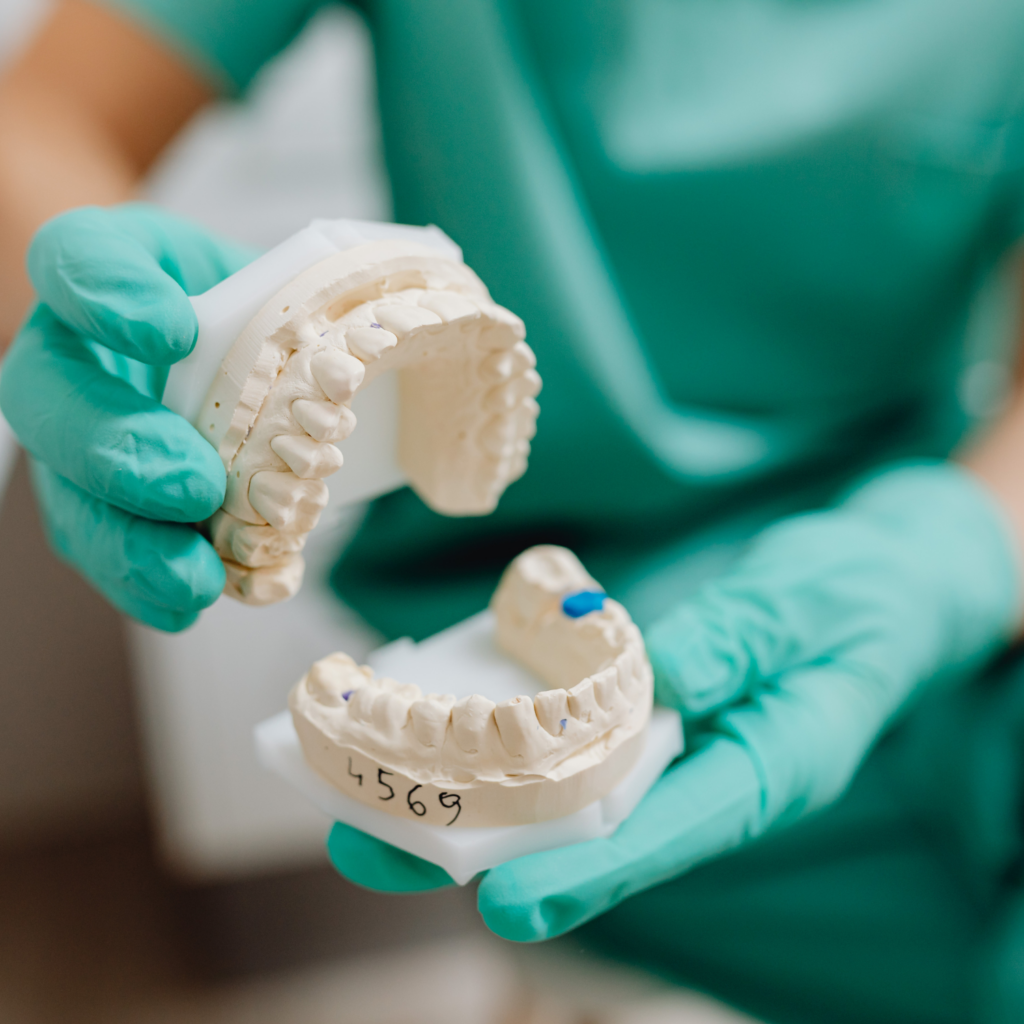
Both dental implants and bridges are designed to restore the appearance and function of your teeth. Implants closely resemble natural teeth, providing a seamless and comfortable fit. They do not shift or move while eating or speaking, offering a natural feel.
Bridges also provide an aesthetically pleasing result, but because they rely on adjacent teeth for support, they may not be as stable as implants. Additionally, food particles can get trapped under the bridge, requiring extra care to maintain oral hygiene.
8. Maintenance and Care
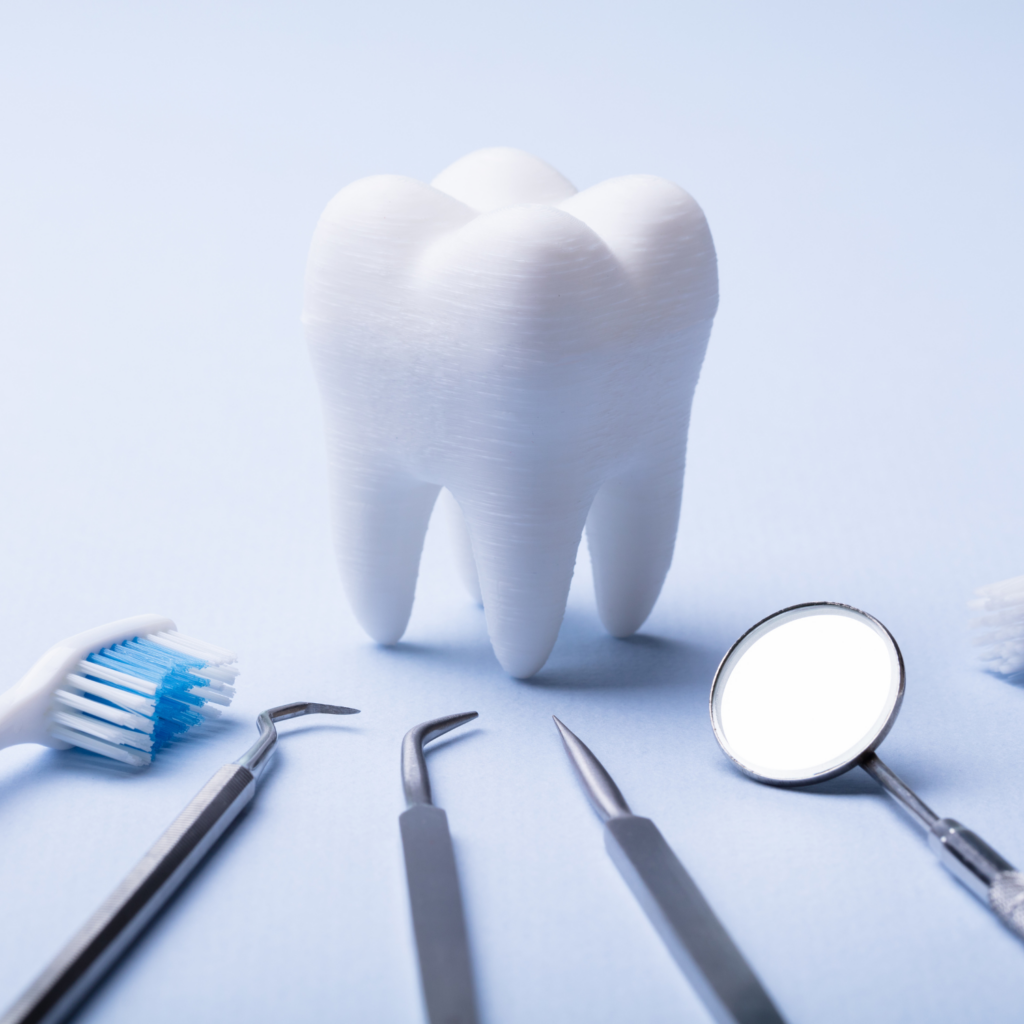
Caring for dental implants is similar to caring for natural teeth. Regular brushing, flossing, and routine dental check-ups are essential to ensure their longevity. Since implants do not rely on other teeth for support, they do not contribute to additional oral health issues.
Bridges, however, require special cleaning techniques. Since food can accumulate beneath the pontic, patients must use floss threaders or interdental brushes to keep the area clean. Neglecting oral hygiene can lead to gum disease, decay in the supporting teeth, and bridge failure.
Frequently Asked Questions (FAQs)
Q.1. Are dental implants painful?
A.1. The procedure is done under anesthesia, so there is minimal pain during surgery. Some discomfort may occur during the healing process, but it is manageable with medication.
Q.2. How long does a dental bridge last?
A.2. With proper care, a dental bridge can last between 10 to 15 years before needing replacement.
Q.3. Can I eat normally with dental implants?
A.3. Yes, once healed, dental implants function like natural teeth, allowing you to eat all types of food without restrictions.
Q.4. Do dental bridges look natural?
A.4. Yes, bridges are designed to match your natural teeth, making them blend seamlessly with your smile.
Q.5. Is the implant procedure safe?
A.5. Yes, dental implants have a high success rate and are a safe option when performed by a skilled dentist.
Conclusion
Choosing between dental implants and bridges depends on several factors, including cost, durability, procedure time, and oral health. If you are looking for a long-term, bone-preserving solution and are willing to undergo a surgical procedure, dental implants are the best choice. However, if you need a quicker and more cost-effective option, bridges may be the right fit. Consulting with your dentist will help determine which solution is best for your individual needs.
For personalized assistance or to schedule a consultation, call us at (267) 908-4867 or visit our website at https://premierperiodonticspa.com/contact-us/. We’re committed to providing exceptional care and guidance to make your dental experience seamless. Let us help you achieve a bright, healthy smile with expert, customized treatment.









